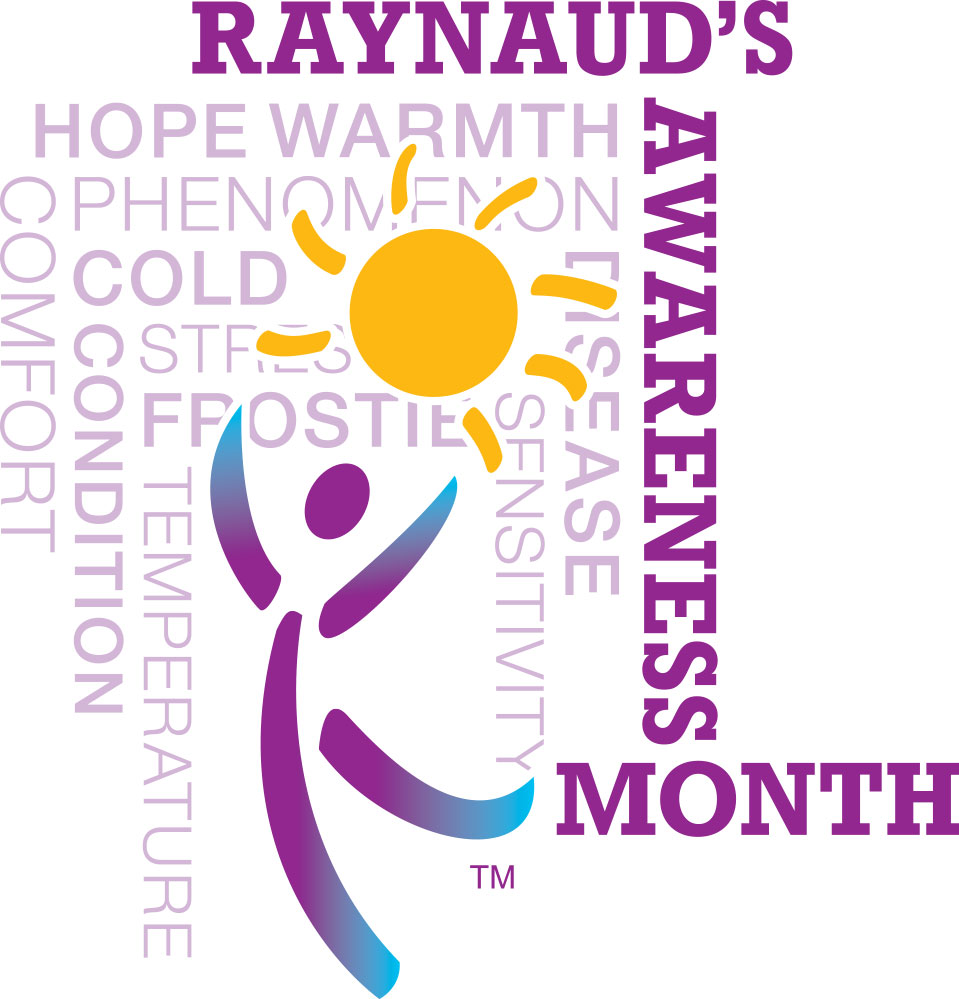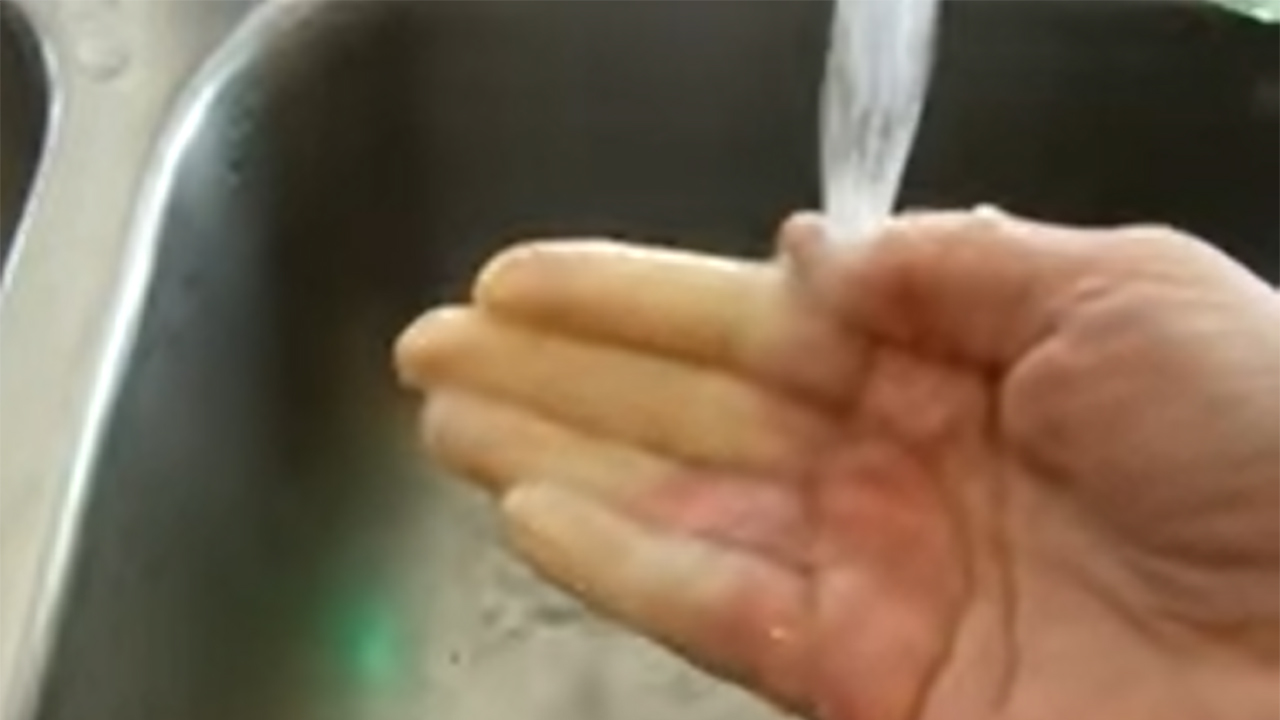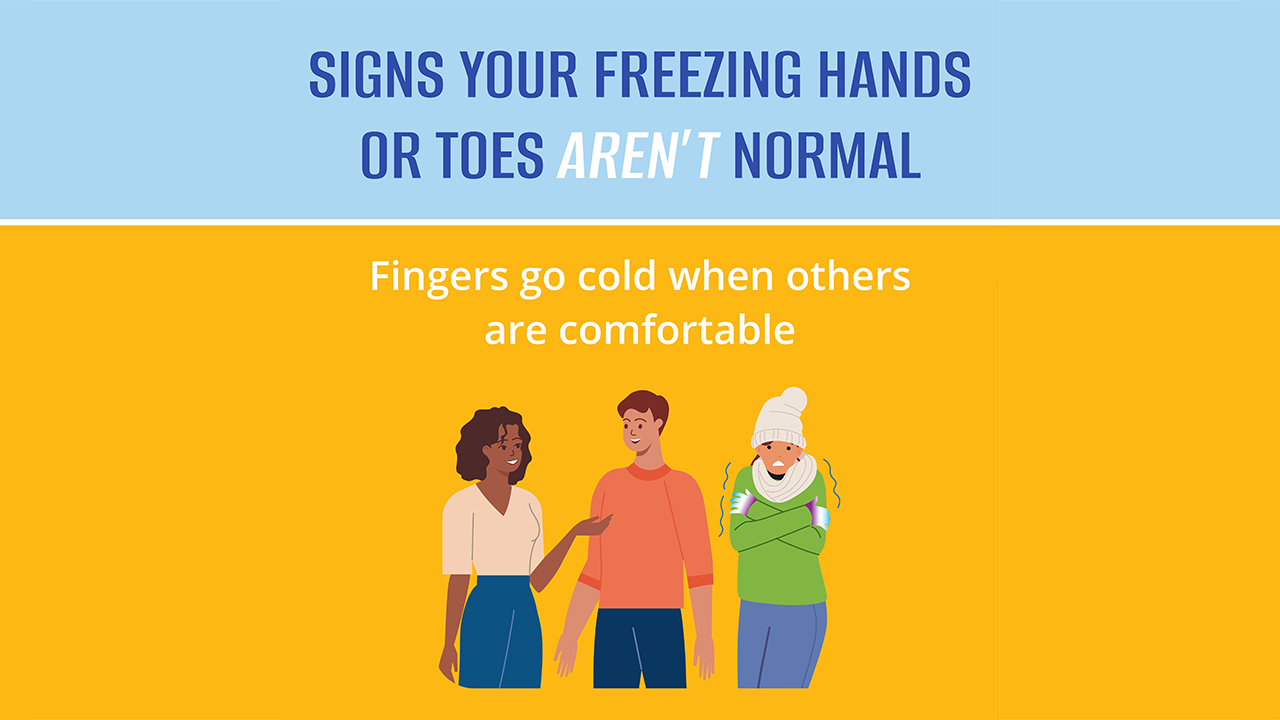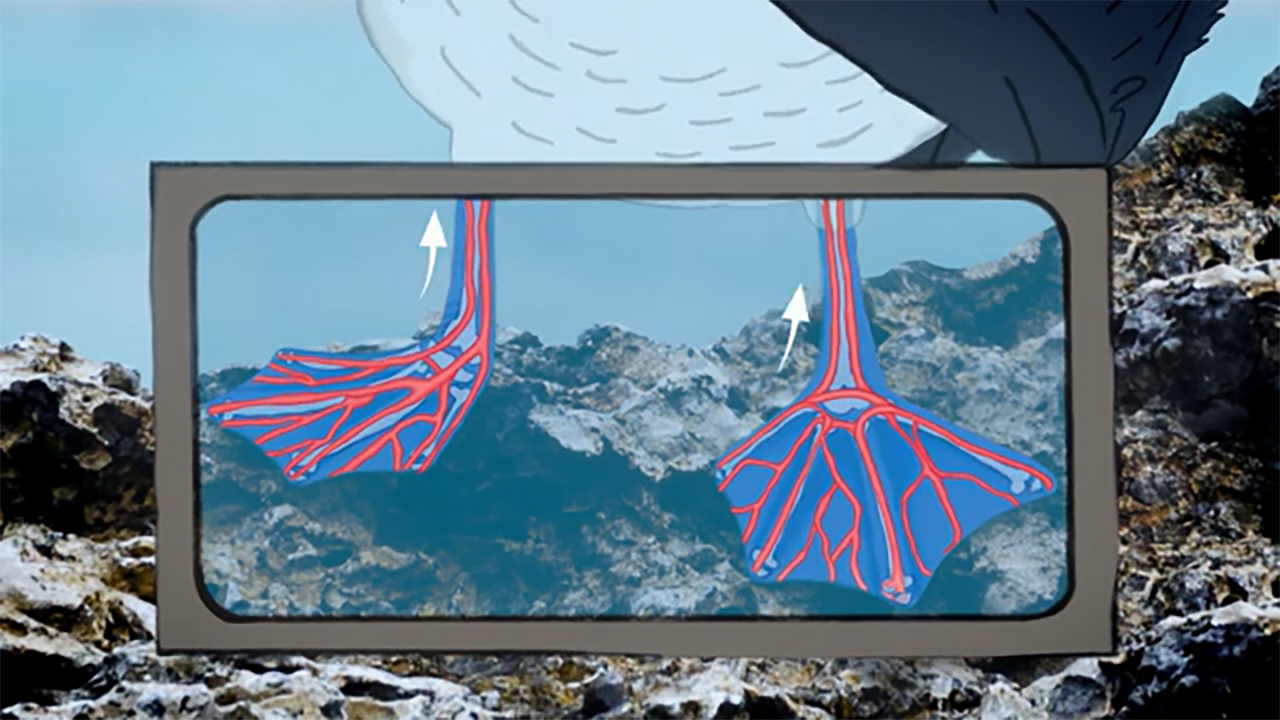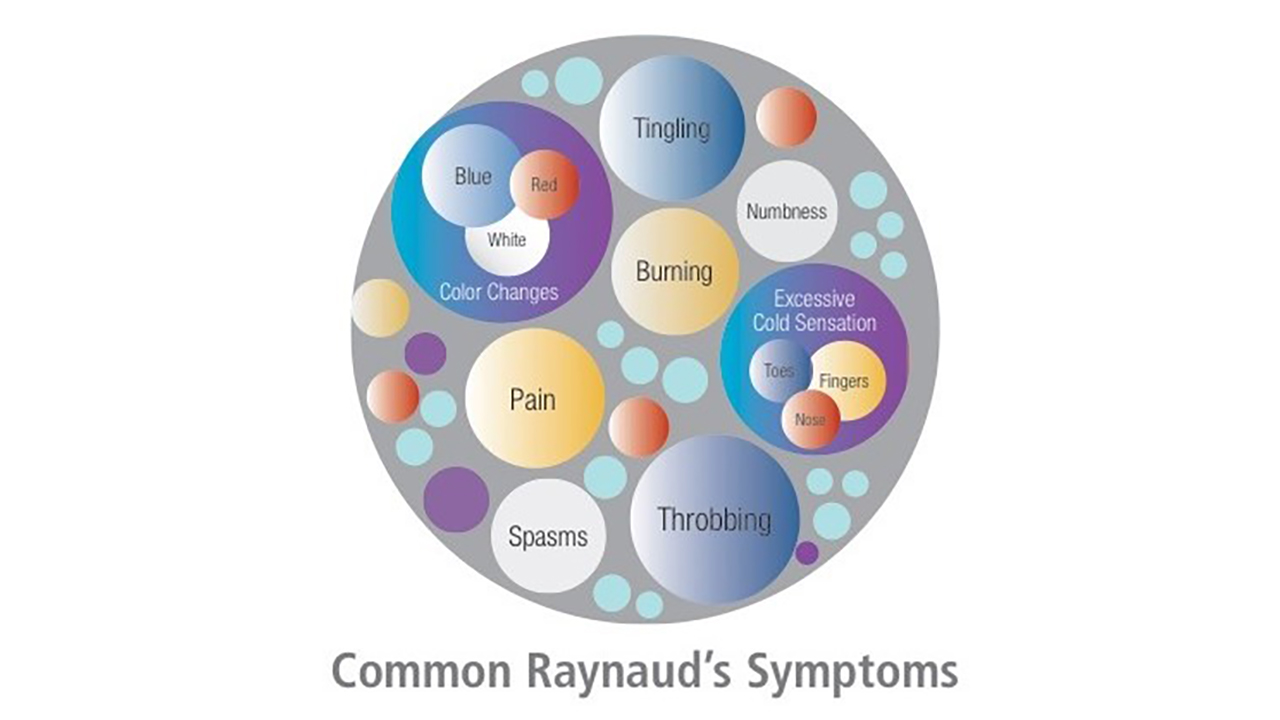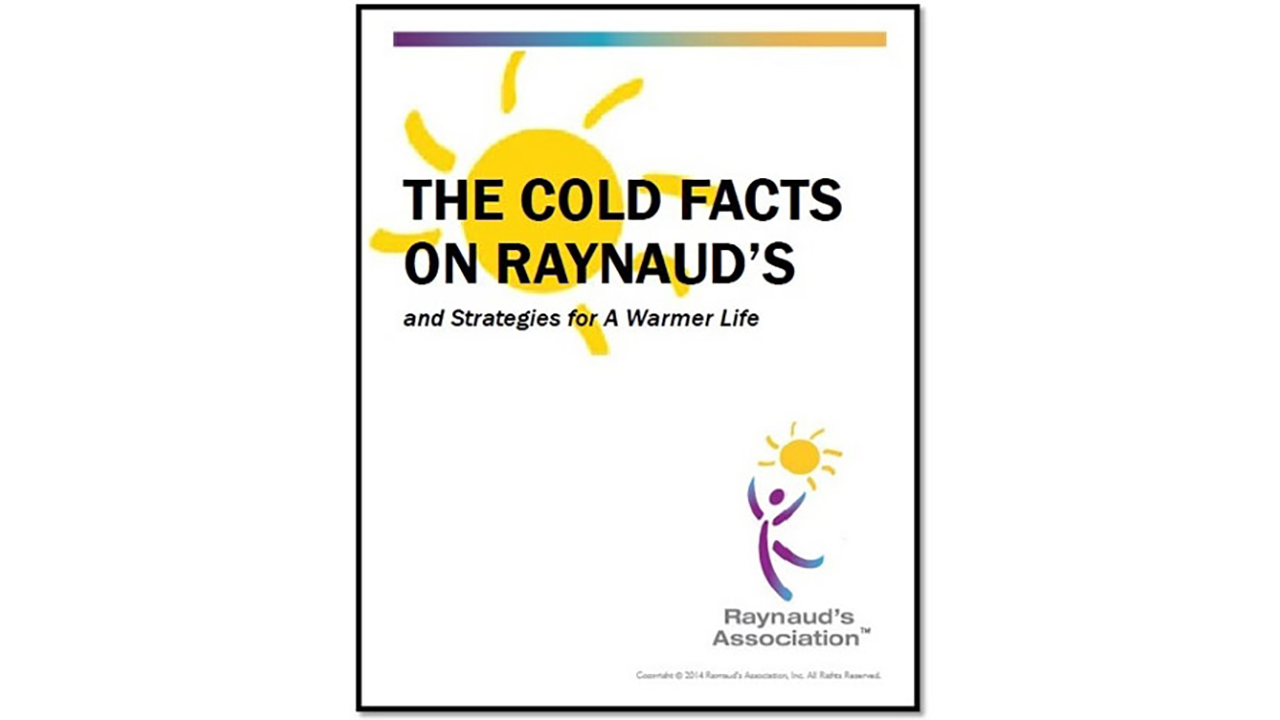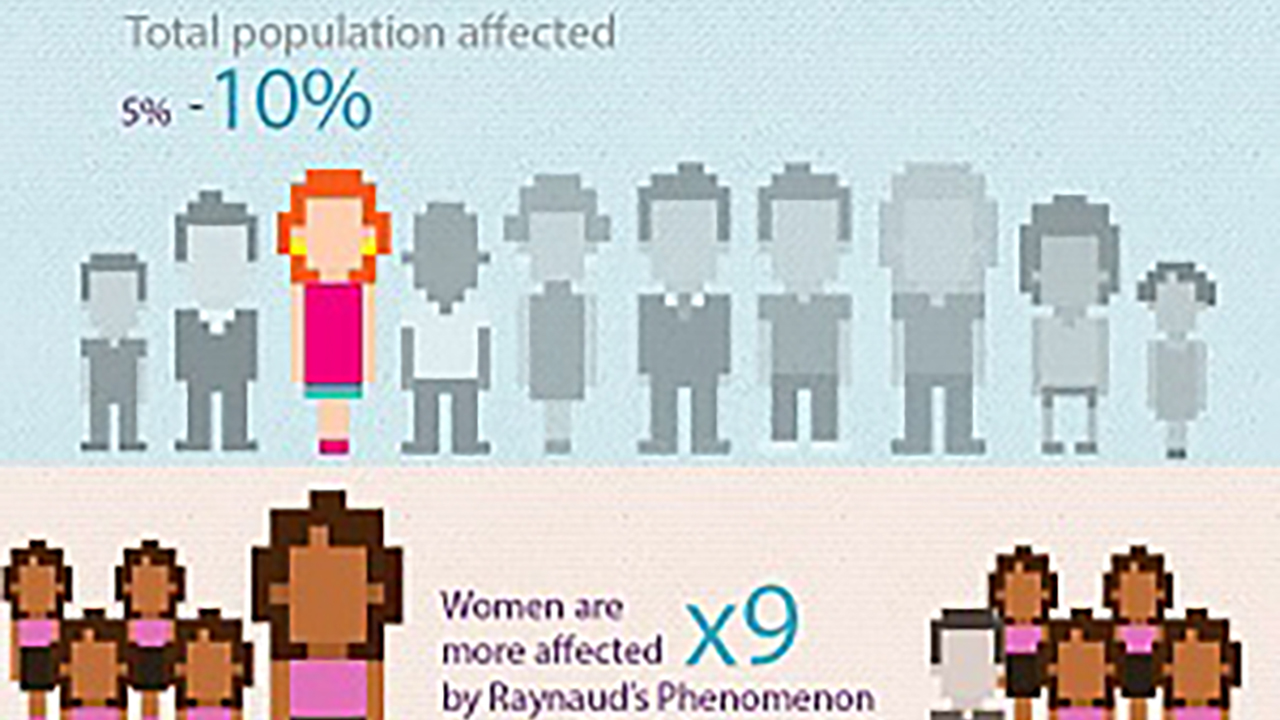
COLOR CHANGES IN EXTREMITIES WHEN COLD USUALLY NOT NORMAL, SAY MEDICAL EXPERTS
October is Raynaud’s Awareness Month
As the colder weather sets in, 5-10 percent of Americans will experience episodes of color changes in their fingers or toes, accompanied by spasms of throbbing pain. That response is not normal, according to the Raynaud’s Association, which notes that October is Raynaud’s Awareness Month.
Raynaud’s phenomenon is an exaggerated sensitivity to cold temperatures and stress that causes an interruption of blood flow to the fingers, toes, nose, nipples and/or ears when a spasm occurs in the blood vessels of these areas. Typically, the affected area turns white, blue and red over the course of the attack. In severe cases, the area may develop ulcerations and infections.
“While Raynaud’s is more prevalent than multiple sclerosis, Parkinson’s disease and leukemia combined, only one out of 10 people will seek treatment when symptoms occur,” says Lynn Wunderman, chair of the Raynaud’s Association. “That’s because they don’t realize they have a bona fide medical disorder.”
The phenomenon is nine times more common among women—and Raynaud’s may occur as the first sign of a more serious disease such as scleroderma, lupus and rheumatoid arthritis. In those secondary conditions, early diagnosis might be crucial.
One of the reasons Raynaud’s sufferers don’t go to their doctors is because they think their reaction to cold and stress is something everyone experiences, Wunderman notes. “It’s not unusual to feel discomfort when cleaning out your freezer or the air conditioning is blasting, but the pain you feel with Raynaud’s is on a different level entirely,” she says.
“I’ve always felt cold when others around me felt perfectly comfortable,” one woman with the disorder recalled of her upbringing. “I had to sit out when my friends went swimming because I was always freezing.” She didn’t seek medical treatment because she didn’t realize her intolerance was not normal.
The Cold Facts on Raynaud’s Guide
The Cold Facts on Raynaud’s Guide
Kristle Lowell, a champion trampoline gymnast, said her teammates used to call her “icy toes” because of the blue color of her feet while practicing in cold gyms. Other nicknames Raynaud’s sufferers have heard include “zombie hands” or “dead hands.” One young woman with bluish hands was told she looked like a Smurf, like the cartoon character.
Sometimes it’s doctors themselves who dismiss Raynaud’s symptoms when patients do seek medical help. Before founding the Raynaud’s Association in 1992, Wunderman herself was told by her doctor to simply wear support stockings to alleviate her “poor circulation” when her toes were so painful and swollen that she couldn’t wear shoes. Others have been told to move to a warmer climate. Wunderman says, “That might be helpful for avoiding ice and snow in the winter, but air-conditioned spaces also are problematic — and stress-induced triggers can occur anywhere.”
Although there’s no cure yet, the Raynaud’s Association offers sufferers support, strategies and product suggestions to live more comfortably during the colder months.
- The Cold Facts on Raynaud’s – comprehensive guide
- Cold Cuts – quarterly member newsletter
- Raynaud’s Store – featuring logo-branded apparel, jewelry and wellness items, along with educational resources
- Product Showcase – featured product reviews
- Facebook, Twitter, Instagram and Pinterest pages dedicated to Raynaud’s
- Informational videos and blog
For more information about Raynaud’s, log onto the website www.raynauds.org. To take a quiz to determine if you might have Raynaud’s, go to www.raynaudsquiz.org.
Contact:
Lynn Wunderman
Raynaud’s Association
800-280-8055
[email protected]

